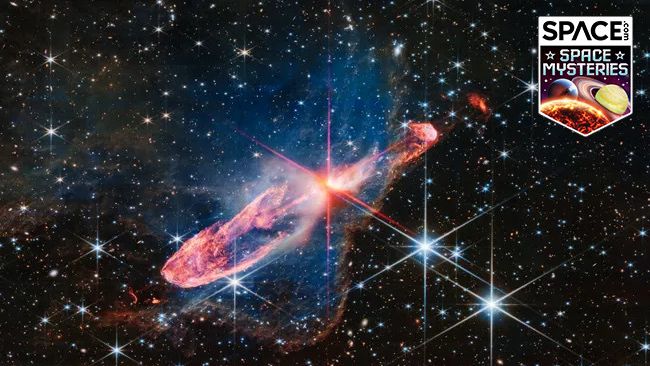The Colorful Universe as Seen Through NASA’s James Webb Space Telescope
NASA’s James Webb Space Telescope (JWST) is renowned for capturing the universe with unparalleled precision and sensitivity, providing not only valuable scientific data but also awe-inspiring beauty. From the vibrant hues of the Southern Ring Nebula to the mesmerizing shades of Cassiopeia A, JWST images present the cosmos in a dazzling array of colors.
Visualizing the Unseen
While gazing at these stunning images, one might ponder: Do these cosmic wonders truly exhibit such brilliant colors in reality? How would these celestial objects appear to the naked eye, without the aid of a telescope? Alyssa Pagan, a science visuals developer at the Space Telescope Science Institute (STScI) and a key member of the JWST image processing team, sheds light on this intriguing question.
JWST operates as an infrared telescope, observing the universe in wavelengths of light that extend beyond the visible spectrum. As such, our eyes, which can only detect light up to red wavelengths, would perceive these cosmic objects differently if viewed directly. Pagan suggests that if we could witness these wonders without the filter of an infrared telescope, the visual experience might resemble that of telescopes relying on visible light, such as the renowned Hubble Space Telescope. However, even this comparison falls short, as Hubble’s capabilities far surpass the human eye’s sensitivity.
Decoding the Colors
So how are the captivating colors in JWST images determined? The telescope employs various filters that capture different wavelengths of infrared light, offering a unique perspective on its targets. With six filters on its Near Infrared Camera, JWST captures distinct images that are later merged to produce full-color compositions.
Upon receiving the initial black-and-white images, Pagan and her colleague Joe DePasquale embark on a process of infusing color into the data. By translating the infrared data into the visible light spectrum, they assign colors based on the corresponding wavelengths: red for longer wavelengths and blue or purple for shorter ones. These colors not only enhance the aesthetic appeal of the images but also convey vital information.
Furthermore, Pagan emphasizes the critical role of scientific accuracy in the image-processing phase. While the color images themselves do not constitute direct scientific data, they serve to illustrate significant findings and prompt further research inquiries. For instance, the distinct red hue of the most distant objects in JWST’s images offers valuable insights into the early universe and its evolution.
Enhancing Scientific Communication
Far from distorting reality, the vivid colors in JWST’s images aim to enhance clarity and engagement for audiences. Pagan underscores that the images are crafted to make the invisible visible, enabling a deeper understanding of the cosmos beyond what the human eye can perceive.
By juxtaposing images of the Pillars of Creation captured by Hubble and JWST, viewers can appreciate the disparities between visual-light and infrared telescopes. While the Hubble image showcases dark red tones, the JWST rendition features golden and orange hues, signaling a shift in the wavelength spectrum. This contrast highlights the diverse capabilities and perspectives offered by different telescopes.
Ultimately, the vibrant colors adorning JWST images serve as a gateway to scientific exploration and discovery, bridging the gap between our perception and the cosmic wonders that lie beyond.
Image Credit: NASA, ESA, CSA, STScI; Joseph DePasquale, Anton M. Koekemoer, Alyssa Pagan.
Image/Photo credit: source url





